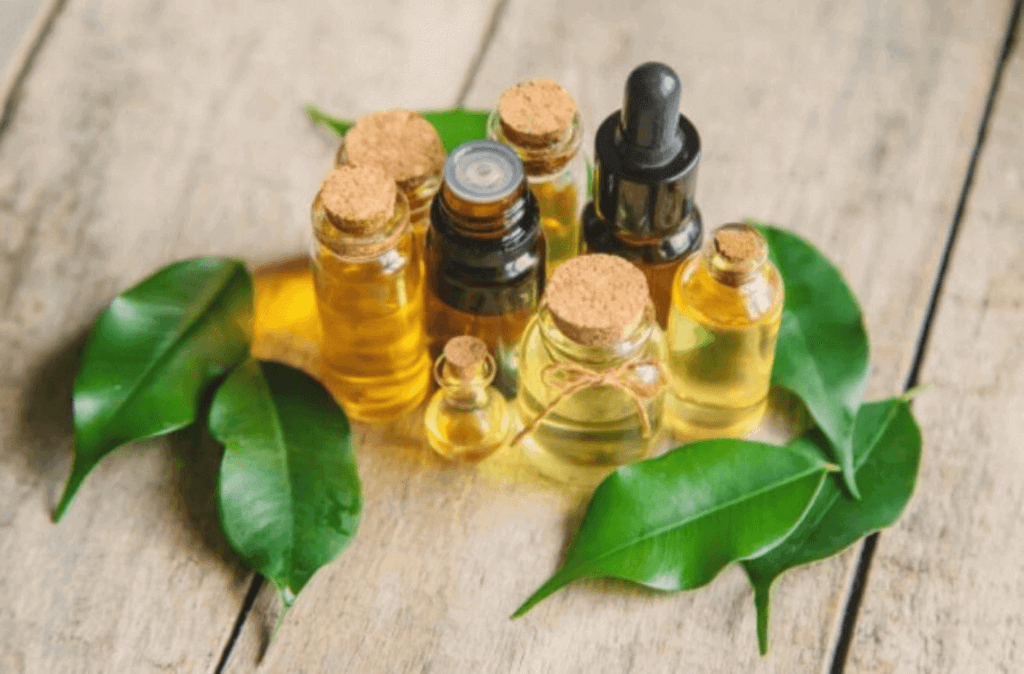Essential oils (EOs) are all the hype these days. It’s no wonder, as more and more parents are moving away from pharmaceutical products and gravitating towards natural remedies to keep their loved ones safe.
As the world celebrated World Homeopathy Day on 10th April, let’s look into the stash of EOs in your cabinet, to learn whether you are buying the good stuff.
As anything, there is no 100% fail-proof method to weed out the good from bad, but here are some simple ways to tell the difference.
Genuine EOs (or at least good quality ones) are sold in a tightly sealed dark, usually amber, glass bottle. These are typically less than four ounces, though the most common size is a half-ounce.
The best type of containers to store EOs are usually amber or dark blue because they can protect the EOs from ultraviolet rays that might degrade the oils in the long run.
Most of these bottles should come with an orifice reducer. No, that’s not some scientific apparatus. It is simply the round, plastic part fitted into a bottle’s opening that helps meter out one drop at a time.
Labels Are A Dead Giveaway
The labels should specify whether it is 100% pure EOs. Anything that says “essence” or “fragrance oil” is not the real deal. Although it is not a pure EO, it may be a premixed blend with a carrier oil, which can be used for certain purposes.
If it states the common and the Latin name of the plant used to make the oil, what plant parts were used, how it was extracted (distillation or expression), and how it was grown, such as organic, wild-crafted, or traditional, you can be quite certain you are getting the real deal.
Pure EOs Do Not Leave Any Residue On Paper
The easiest way to spot if an oil is pure or fake would be to conduct a ring test on a white strip of paper. If a visible ring of residue appears after an EO has dried, then you know that the oil has been diluted with a carrier oil. It may not be a fake, but it is not pure either.
No Alcohol / No Diluents
Once again, read the label. Pure EOs do not contain any alcohol or diluents. After all, if there is any form of synthetics found in them, then how can they be considered pure? Fragrance or perfumed oil, on the other hand, contains man made synthetics and alcohol.
There’s No Latin Name
If the bottle doesn’t specify the Latin name as well as the common name, stay away as it is likely a mix of synthetic perfumed “fragrance oil.” Of course, anyone can put a label on anything, hence the need to have a few ways to test the purity of the item.
The Grease Test
Before making a purchase, ask if you can feel the oil between your fingers. If you feel that the EO is greasy, it is very likely that a carrier oil, such as almond oil, was used. Pure EOs are very absorbent and not greasy to the touch.
Price Is A Tell-Tale Sign
Not too high, not too low. Nothing good comes cheap, hence if it sounds too cheap to be true, then you are probably getting a fake or diluted item.
On the other hand, because EOs are fast gaining popularity, there are an increasing number of multi-level companies jumping on the bandwagon. These big companies are selling a “brand”, hence their price range might be on the high end.
Although they might have the “good” stuff, you don’t have to spend your whole pay cheque in one place.
Stay tuned this week, to learn about the “Ten Must-Have Essential Oils To Keep In Your Cabinet”.
Also, checkout more articles on parenting and health at Motherhood Story.
